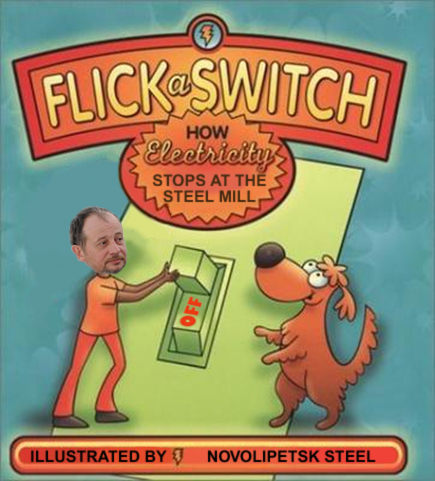
By John Helmer, Moscow
Among the Russian steel oligarchs, none is better educated in his specialty than Vladimir Lisin, who wrote his PhD thesis on metallurgical engineering and another doctoral thesis for a DSc in economics. But you don’t have to put that much study under your belt to understand how an electric arc furnace makes new steel out of melted scrap.
Here’s how:
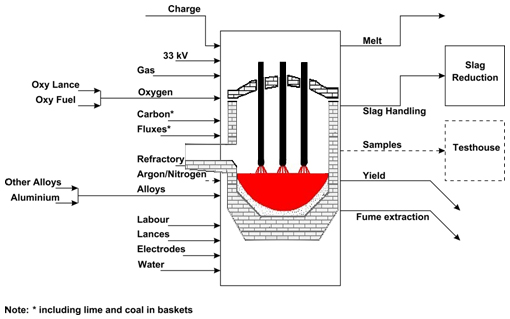
On July 8, Lisin’s steelmaking company Novolipetsk Metallurgical Combine (NLMK) issued this announcement of trouble at one of its steel works in the Ural mountain town of Nizhne Sergi: “NLMK reports that a transformer failure has occurred at its Urals-based long products plant NSMMZ [the Nizhne Serginsk Hardware Metallurgical Plant] , resulting in the stoppage of one of the two Electric Arc Furnaces (EAF). No injuries occurred as a result of the incident. While the management is assessing the causes of the failure of the transformer and the impact of the EAF stoppage on output, part of the orders were transferred from the closed EAF to the second one. More details will be disclosed in due course. “
Since then there has been no management report on the causes, and when asked to say what has been learned about the reasons for the failure of the transformer, NLMK’s spokesman Yevgeny Lukashevich said: “The reason for the transformer failure was the breakdown of the electrical circuit in the transformer’s primary winding, which will require replacement of coil.”
Does this take six months to replace? A company specializing in transformer repairs says the time required depends on the capacity of the transformer. “If the one that broke down at an NLMK mill is of several megawatts of capacity, replacement could really take up to several months.” The company doesn’t publish the electrical capacity of the transformers at the affected mill, and spokesman Lukashevich does not say what it is.
All the company has released is this report of July 29: “The Electric Arc Furnace (“EAF”) halted as a result of the incident is expected to be brought back online in December 2011. The negative impact of the incident on the Long Steel Division’ billets output is estimated at 450,000 t in 2011. The unit started third-party billet purchases that are expected to bring the loss in finished long products output to minimum. According to preliminary estimates the equipment stoppage may result in 7% decline in the sales revenue of the plant on a standalone basis. The second EAF located at the site was not affected by the incident and is fully charged to mitigate the billet output loss.”
Perhaps it was a coincidence, not a coaccidence, but in April Magnitogorsk Metallurgical Combine (MMK) announced that it was shutting down its two electric arc furnaces for at least two months. Here’s what the company spokesman, Yelena Yevstigneva, told CRU Steel News back then: “MMK with its flexible production cycle has the ability to produce steel from scrap metal in electric arc furnaces (EAF) and from cast-iron in the oxygen-converter shop [OCS]. Based on the market situation and cost reasons, we adjust the loading of the EAF and the OCS. Today, when the Russian market in general shows reduction of demand for long products, the main burden falls on the oxygen-converter production. Accordingly, the loading of electric furnaces has been reduced.”
Asked on August 1 whether MMK has resumed production at its EAF’s, Yevstigneva refused to say. Make that a categorical negative.
Now incidents happen, and so do accidents. But the invisible hand of the steel market works more obviously — except in the Russian market. When there is falling demand, and the oligarchs do what their balance-sheet requires in order to stem losses, production shutdowns are disguised. Not of course from the steelworkers who are furloughed or sacked; and who know what is happening to them, and why. Rather, the concealment is from the Kremlin on whose goodwill the steel oligarchs’ concessions, debt relief, and share prices depend.
Renaissance Capital in Moscow has traditionally been close to Lisin and Novolipetsk. In a report to clients today, steel analyst Boris Krasnojenov reports that the impact of the 6-month furnace shutdown on Novolipetsk’s revenues, earnings and share price will be “neutral for NLMK, in our view. NLMK’s long steel division’s operating profit margin was only 2% in 1Q11 (1Q11 revenue of $371mn). It is also worth mentioning that this division generates a significant part of its profit from re-rolling operations. Thus, if the company plans to purchase third-party billets to maintain rebar and wire-rod output, the financial impact of EAF idling may be limited by several million dollars. NLMK may source billets from a number of long steel producers in the region.”
In Monday’s share trading, the Novolipetsk stock price went down by 1.1%. On Tuesday it recovered by as much.
A well-informed trader in Novolipetsk steel says he does not believe the furnace was halted on purpose, because “the demand for the billet is on the rise. The NLMK EAF shutdown will cause a 20% decrease in billet production by NLMK, and Mechel also reported a billet production cutback, and this together will cause a 7% to 8% price growth.”
The trader’s reference to a cutback at Mechel has yet to be disclosed to shareholders or the Kremlin by Igor Zyuzin, owner of Mechel. The company’s latest production report, released on June 29, was for production in the quarter ending March 31. Since then, Mechel has announced production start-ups, including a new electric smelting furnace at its Tikhvin ferroalloy plant, but no production cutbacks.
So what do the Novolipetsk steelworkers at Nizhne Sergi believe is happening? A union source said he had not heard of an accident at the plant, and after investigating further, he adds that he cannot tell whether the shutdown of the transformer and the furnace were planned. The union source said such technical details are not within the union’s competence because they “take care about the rights of the employees, and we have no problem there.”


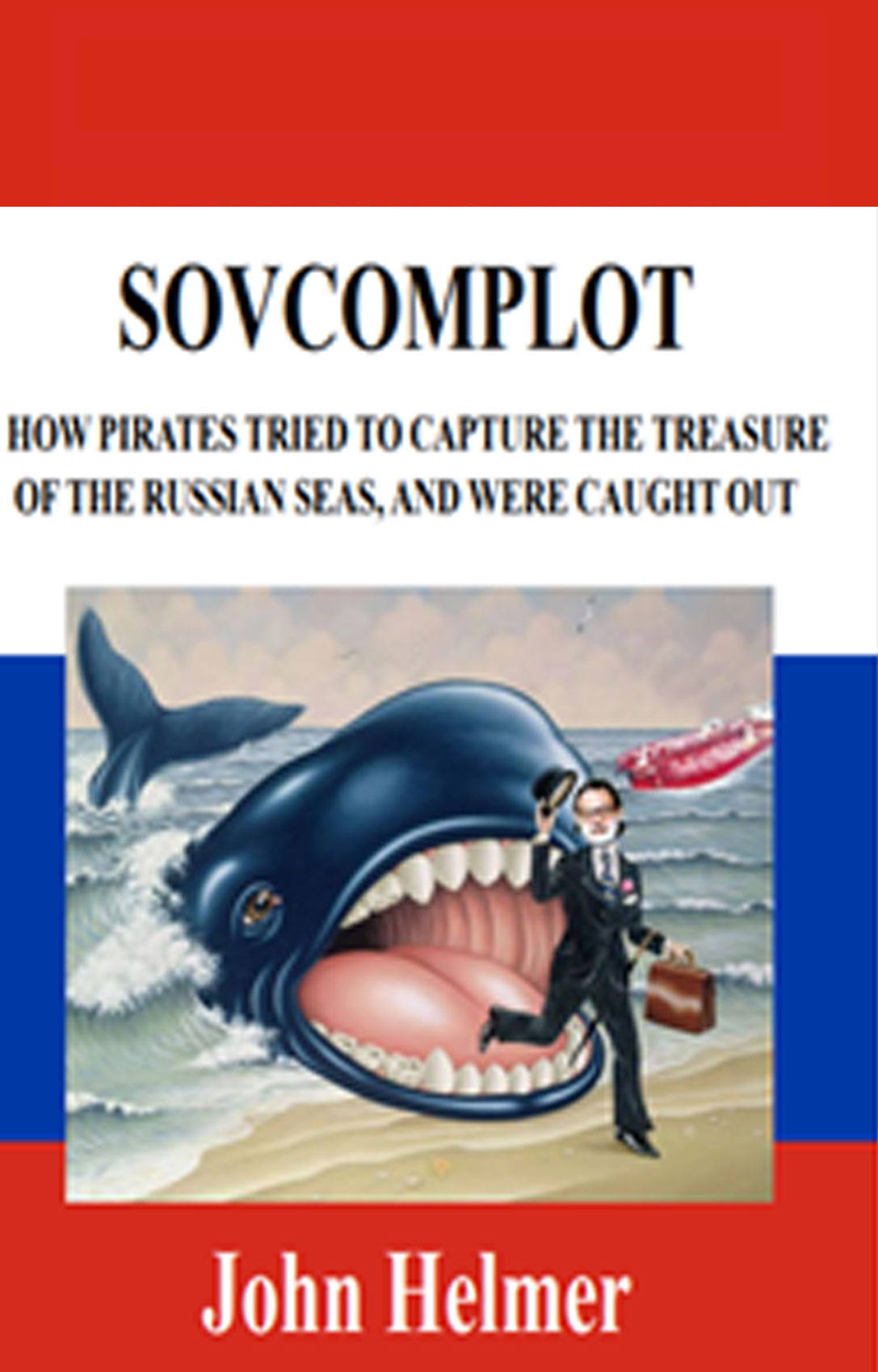



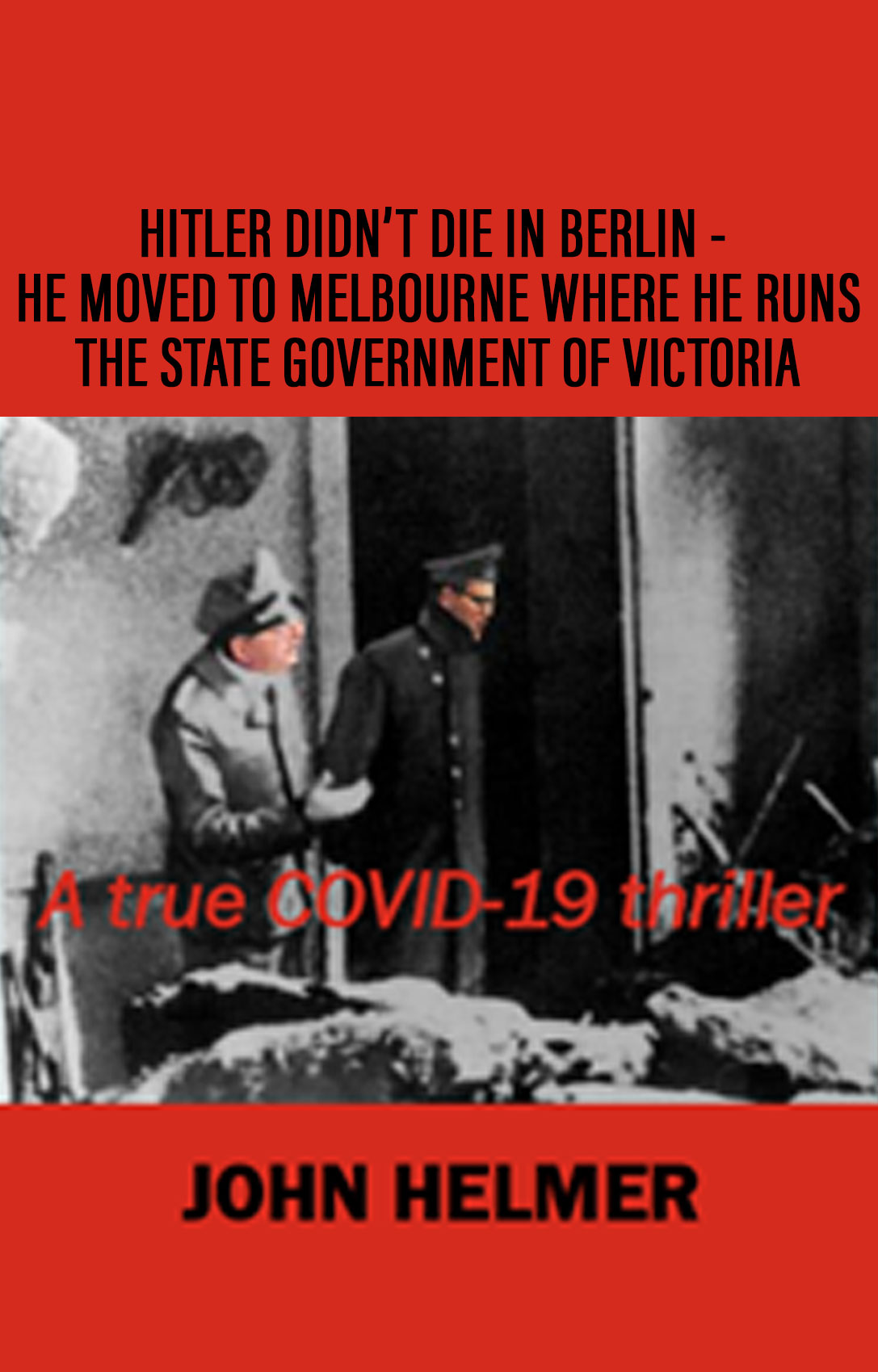
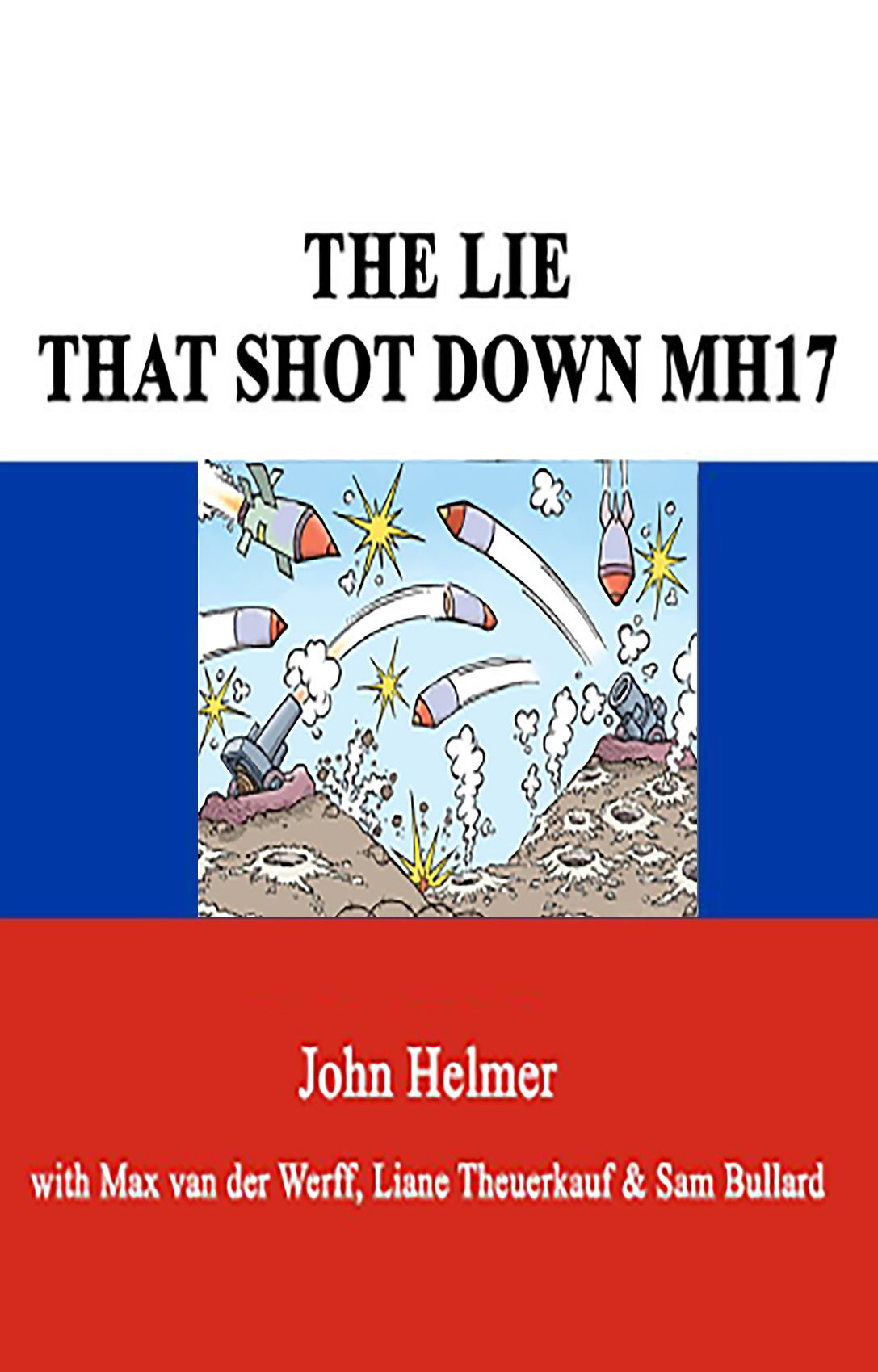



Leave a Reply